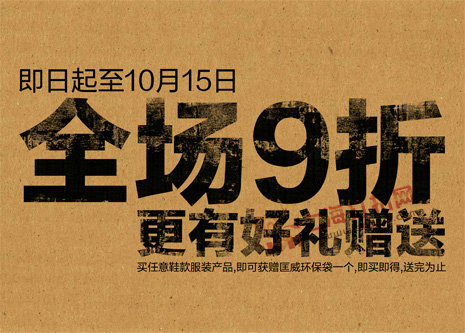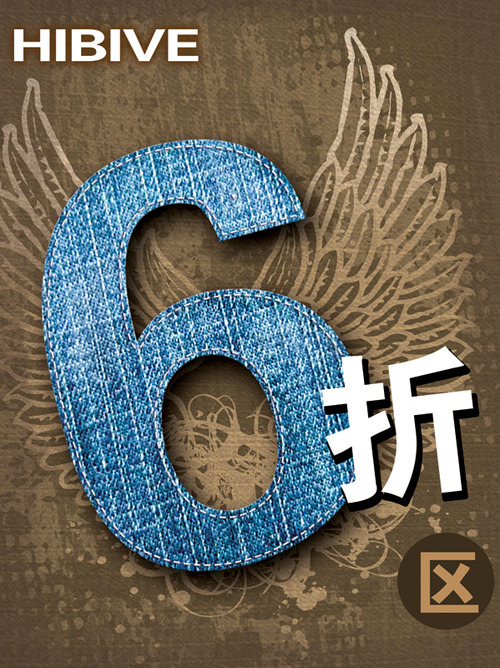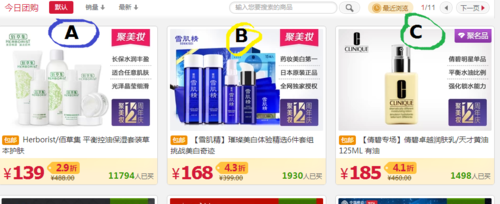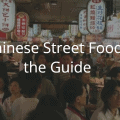Don’t you love the sight of a great sale? How awesome is it to score a miaowtastic item 90% off? One of the members of our Google + Chinese language community pointed out something though: discounts in Chinese are confusing. It’s true. Discounts in Chinese don’t have a % sign on them AND they don’t work the same way they do in the West.
So how do you understand sale signs in China? Here’s what you need to know to never miss out on a great sale!
9折 = 90% off, right??! (NOT)
When I first lived in China, being the shopaholic that I am, the first time I saw this sort of sign:

I dropped everything and ran into the store. “90% off everything! How lucky!” I thought! Hah. Wrong!
Discounts in Chinese work the other way around
Turns out the Chinese present things the other way around! My lovely 90% off was actually only 10% off…
So here’s what you need to know to get your discount straight:
折 (zhé) does indicate the presence of discounts in Chinese. It comes from the verb “打折” (dǎzhé) which means to “give a discount”.
And here’s the right way to read a 折 discount:
A 4折 means the price I’ll pay = 0.4* the original price
If you see:
- 1折 you’ll pay 10% of the original price
- 2折 you’ll pay 20% of the original price
- 6折 you’ll pay 60% of the original price
- 9折 you’ll pay 90% of the original price.
So if you see this sign:

then it means you’re getting 40% off!
And while signs like this one below may seem unappealing at first…and cause you to think ““Only 20% off? Pff I can do better.”

sale sign from ju.taobao.com
In fact they’re offering awesome reductions , where you could be getting up to 80% off)!
Counter intuitive or straightforward?
Yes, it’s kind of counter intuitive at first.
The way the Chinese see it, their way is a lot more straightforward : all you need to do is multiply the original price by the number you see!
What says you?
In any case, better get used to that system if you want to score great reductions in China!
And if you’re still feeling confused, stick to the 5折 price tags. These are safe 🙂
Here’s a recap:
DO: Get used to thinking “I’ll be paying xxx % of the price” and you’ll be fine!
One last extra tip:
And now, here’ s a little practice for you!

Which beauty product has the best reduction? ^_^
Happy shopping!
Sarah and
The Nincha Team
Stay in touch with us on Facebook, Twitter, Instagram, and Pinterest.






2 comments
Join the conversationlearner - April 11, 2016
Of course, the one with “2.9折”. The lower the number, the higher the discount!
Thank you for this article, it explains really well. 🙂
nincha - April 12, 2016
Well guessed! Looks like you’ve got the hang of Chinese discounts now! They can seem tricky at first but once you know the method, no more getting fooled! Thanks for reading 🙂
Comments are closed.